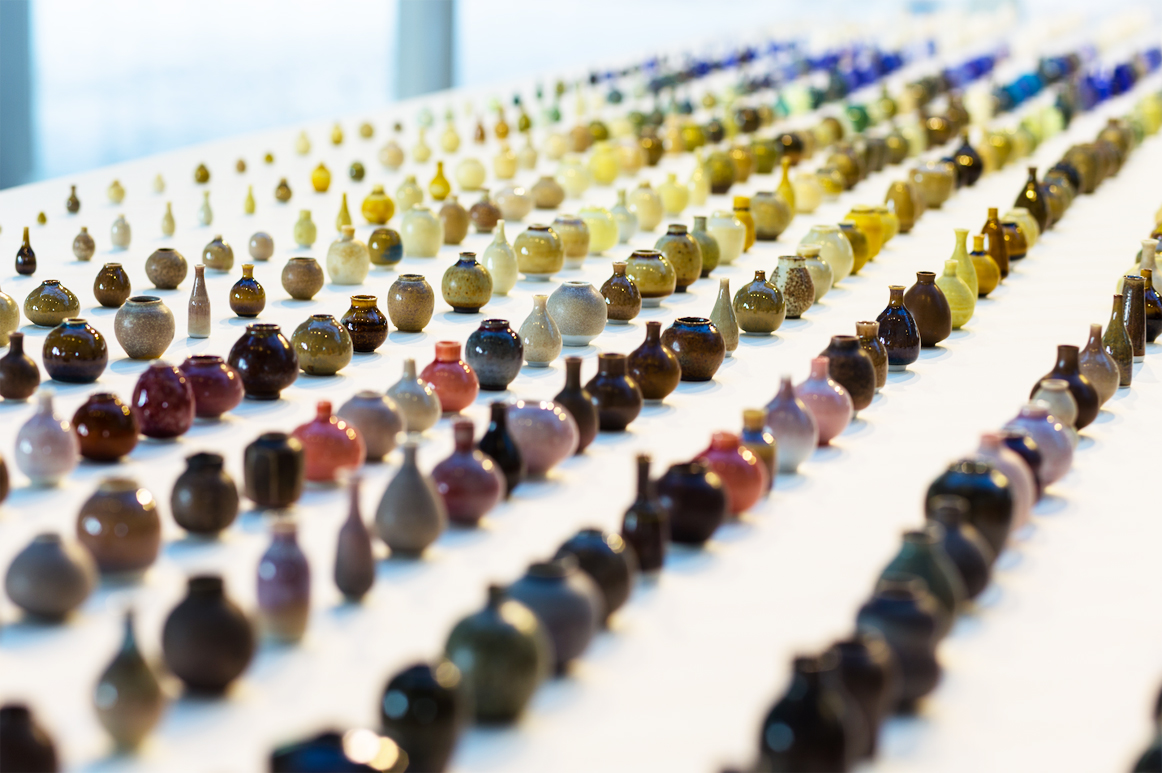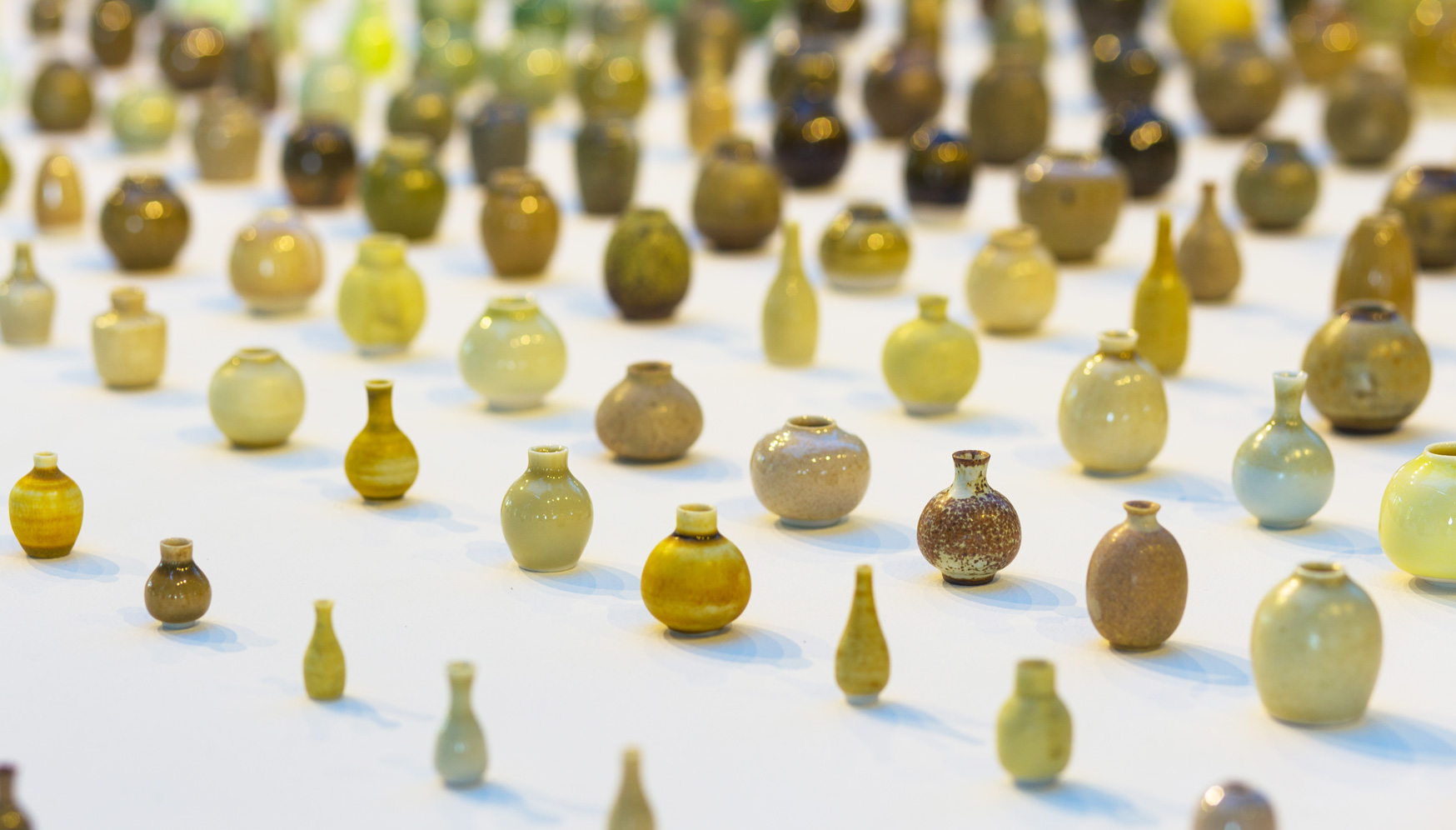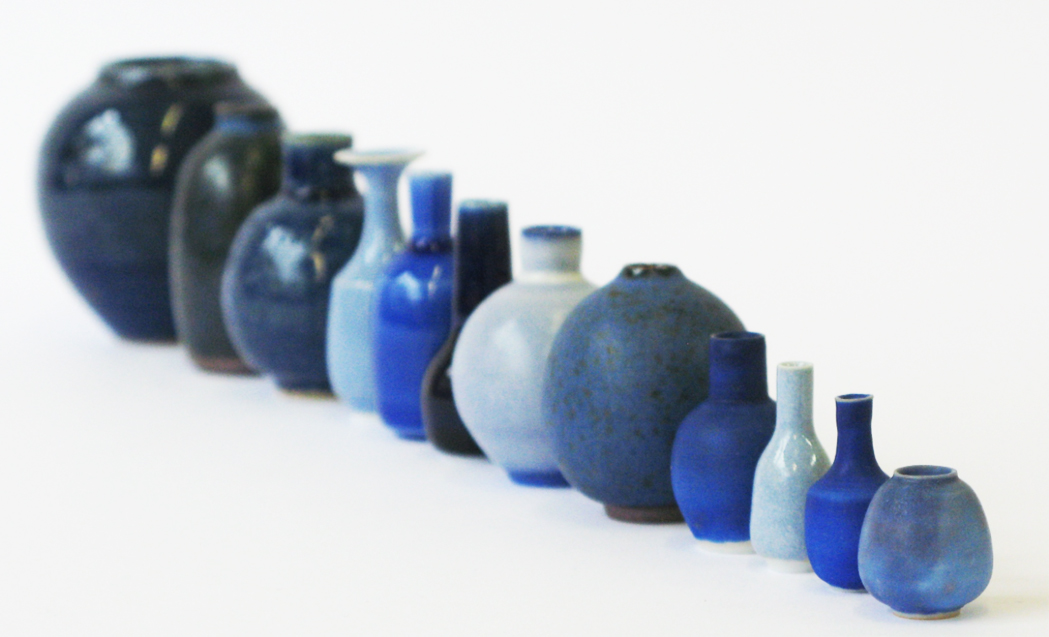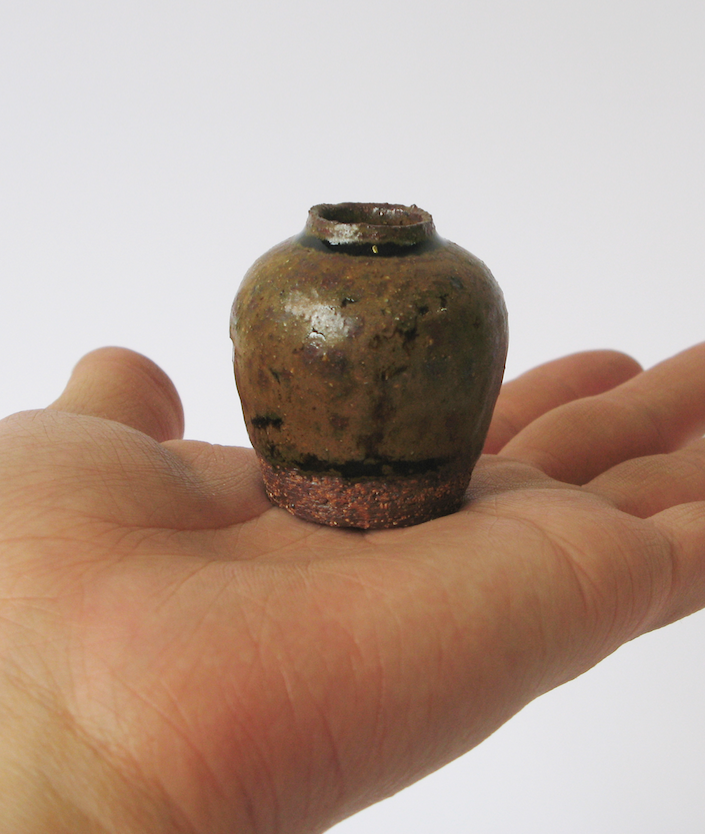The miniaturist: exquisite miniature pots from ceramicist Yuta Segawa
If, like me, your heart melts at the sight of tiny things, you'll be swooning at the work of Yuta Segawa whose miniature pots would be the perfect gift for Thumbelina

Yuta Segawa is a Japanese ceramicist living and working in London. He has been focusing recently on making miniatures, which he says test the limits of how small an object the human hand can make. Pictured above: tiny pots invoke that same response in us that we experience when we see a newborn baby, kitten, puppy...or even a plate of tiny canapes. And yes, each pot is thrown on a wheel.
Q&A
Can you tell us about your diminutive works?
'I am making tiny pots, which can be placed on one hand. It's a challenge to test the limits of what the human hand can make on such a small scale.'
What appeals to you about the miniature?
'We have evidence in museums around the world of a lot of miniature pottery; and curiously, it seems a large number of craftsmen down through the centuries made miniature pots that did not have any function. I had tried to understand the charm of tiny pottery, but it wasn't until I started experimenting with it myself that I got in touch with the creative power of the small scale. Miniature pots do have a mysterious charm for ceramic makers.
What are advantages/disadvantages to making such small pieces?
'Well, a positive is that miniature works are produced in a short period. I don't think you have to work to a large scale to express the essential beauty of ceramics, whether in terms of texture, shape or the beauty of the glaze. However, I do think it is impossible to express the texture of clay and to achieve a flowing glaze at a very small scale.'
When was the first time you created a tiny piece - and what prompted you to make it?
'I made my first miniature pots in 2012 because they seemed very interesting and suitable for my ideas. I was feeling the influence of Scandinavian ceramic artists, and also I had seen the beautiful toy boxes belonging to Chinese emperors of the Qing dynasty (1644-1912) which were full of tiny things - these caught my imagination.'
How do people react to your miniatures?
'Many people are surprised by them and they wonder how I make them so small. However, my technique is still developing and I hope to create more pieces in miniature. I want to move people with my work and to surprise them, so they respond to it just as much as they do to fine art, to beauty in nature or to wonderful architecture.'
How do you make the pots?
'My works are produced by throwing clay on a wheel.. The process is the same as the process of making 'normal' sized ceramic vessels.'



